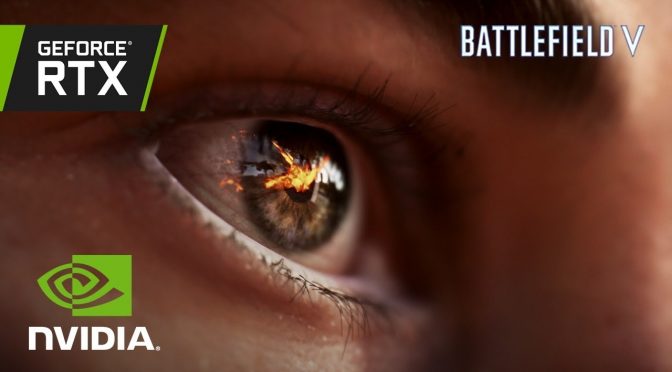In an interview with Eurogamer, EA DICE’s rendering engineer Yasin Uludag has detailed the optimizations that are coming to Battlefield 5’s real-time ray tracing RTX effects. According to Yasin, performance of the RTX effects will noticeably improve in the future as both NVIDIA and DICE are working on various performance improvements.
As Yasin said:
“One of the optimisations that is built into the BVHs are our use of “overlapped” compute – multiple compute shaders running in parallel. This is not the same thing as async compute or simultaneous compute. It just means you can run multiple compute shaders in parallel. However, there is an implicit barrier injected by the driver that prevents these shaders running in parallel when we record our command lists in parallel for BVH building. This will be fixed in the future and we can expect quite a bit of performance here since it removes sync points and wait-for-idles on the GPU.”
DICE also plans on running BVH building using simultaneous compute during the G-Buffer generation phase, allowing ray tracing to start much earlier in the frame, and the G-Buffer pass. Moreover, the team will introduce a hybrid ray trace/ray march system (that was almost available to be included in the initial version of BF5’s RTX tech).
“This hybrid ray marcher creates a mip map on the entire depth buffer using a MIN filter. This means that every level takes the closest depth in 2×2 regions and keeps going all the way to the lowest mip map. Because this uses a so-called min filter, you know you can skip an entire region on the screen while traversing.
With this, ray binning then accelerates the hybrid ray traverser tremendously because rays are fetched from the same pixels down the same mip map thereby having super efficient cache utilisation. If your ray gets stuck behind objects as you find in classic screen-space reflections, this system then promotes the ray to become a ray trace/world space ray and continue from the failure point. We also get quality wins here as decals and grass strands will now be in reflections.”
Last but not least, DICE has optimised the denoiser (meaning that it will run faster) and it is also working on optimisations for its compute passes and filters that run throughout the ray tracing implementation.
All in all, it appears that NVIDIA and DICE will implement a lot of optimizations for the real-time ray tracing effects so it will be interesting to see whether the RTX2080Ti will be able to hit a constant 60fps experience (even at 1080p) once all those optimizations have been added!

John is the founder and Editor in Chief at DSOGaming. He is a PC gaming fan and highly supports the modding and indie communities. Before creating DSOGaming, John worked on numerous gaming websites. While he is a die-hard PC gamer, his gaming roots can be found on consoles. John loved – and still does – the 16-bit consoles, and considers SNES to be one of the best consoles. Still, the PC platform won him over consoles. That was mainly due to 3DFX and its iconic dedicated 3D accelerator graphics card, Voodoo 2. John has also written a higher degree thesis on the “The Evolution of PC graphics cards.”
Contact: Email

